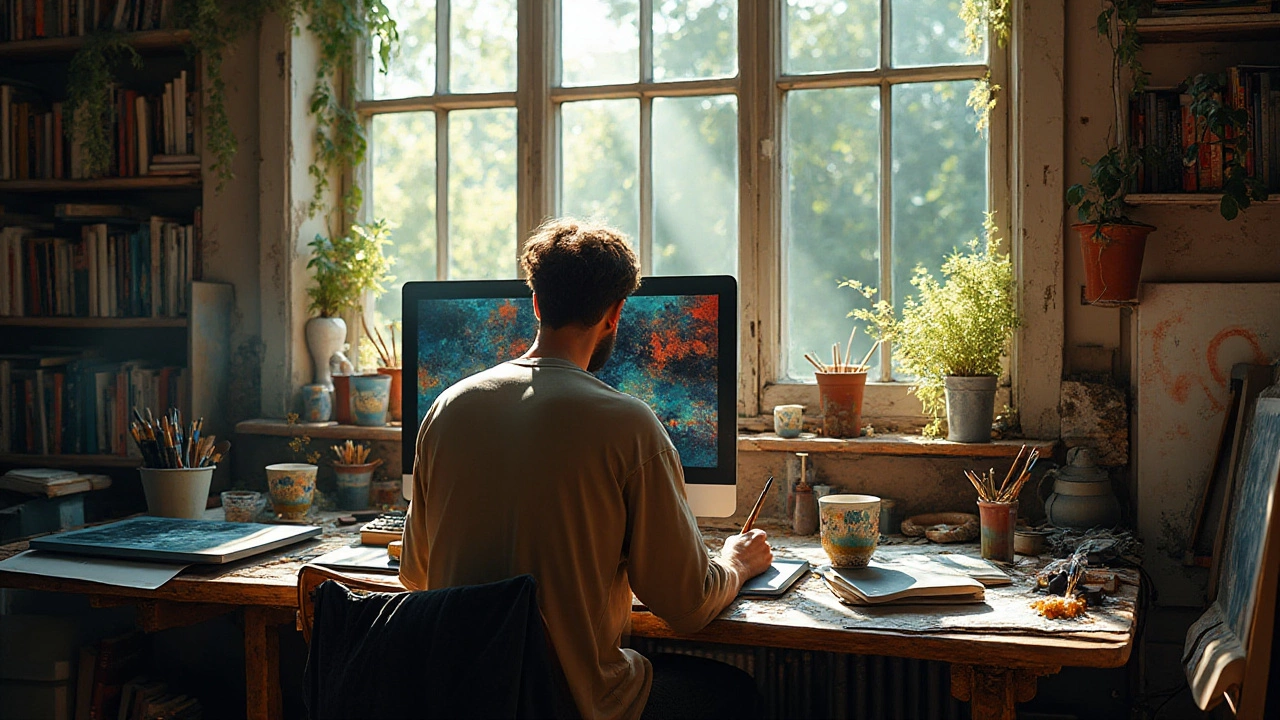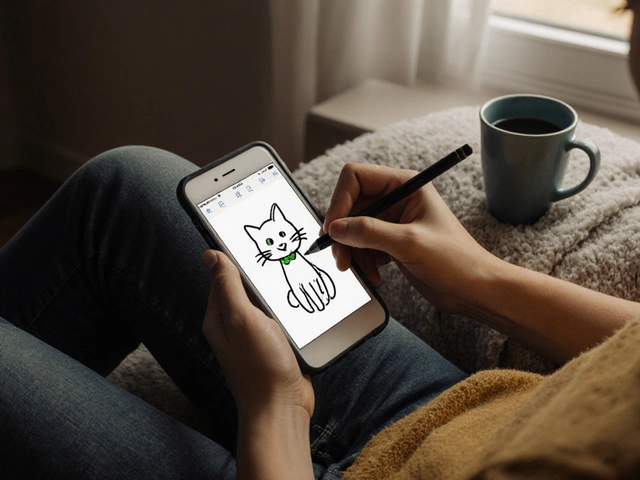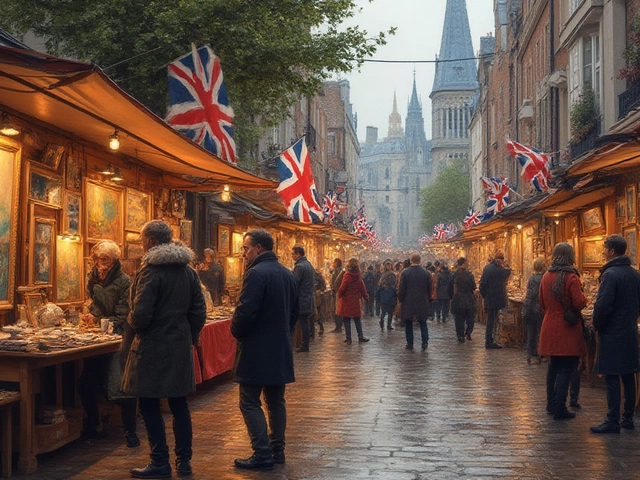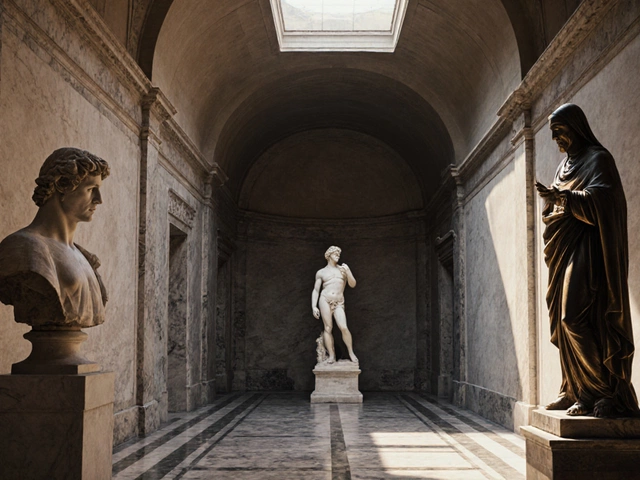The world of art has transformed dramatically with the rise of digital creations. From stunning graphics on your smartphone screen to awe-inspiring digital paintings in virtual galleries, digital art is everywhere. However, with this digital revolution comes a set of intriguing legal questions that need answers.
Is digital art protected under current laws? How do artists maintain control over their creations in an age where anything can be copied and distributed with a click? Understanding these issues is crucial for artists looking to protect their work and their rights in the vast, digital landscape.
In this article, we dive into the complexities of digital art's legal status, unraveling everything from copyright protections to the emerging world of NFTs. Whether you're an artist or an admirer, knowing how the law interacts with digital creativity can be enlightening, and perhaps, empowering.
- The Rise of Digital Art
- Copyright and Intellectual Property
- Digital Rights Management
- The Impact of NFTs
The Rise of Digital Art
Digital art has come a long way since its humble beginnings. Once limited to simple drawings on rudimentary software, it now encompasses a wide range of styles and techniques. With advancements in technology, artists have been blessed with tools that can render almost anything the mind can conjure. From hyper-realistic illustrations crafted meticulously in programs like Adobe Photoshop to vibrant, interactive installations powered by coding, digital art is now a legitimate art form embraced by galleries worldwide.
The early days of digital art seemed to blur the lines between traditional practices and innovative new approaches. Computers and tablets became the new canvas, styluses the new brushes. This shift allowed for unprecedented creative freedom. Artists could experiment without fear of ruin, knowing that every 'mistake' was simply a click away from being undone. According to a 2022 report by the International Art Market Association, digital art sales reached over $2 billion, showcasing its extraordinary growth and acceptance.
Social media platforms like Instagram and Pinterest have played a crucial role in this rise, enabling artists to share their work with a global audience instantly. This broader access has democratized art like never before, no longer restricting visibility to just those who could afford gallery visits. The digital realm also provides artists a viable path to monetization through prints, Patreon-style platforms, and recently, through non-fungible tokens (NFTs).
Digital art, much like any artistic endeavor, is driven by the passion of its creators. The ability to incorporate motion, sound, and interactivity adds layers of expression unimaginable with traditional approaches. Notably, platforms like Adobe's Creative Cloud and Procreate have unleashed these possibilities, catering specifically to artists’ growing demands for dynamic tools. Charlie Munger, the renowned art critic, once said,
"The future of great art will be digital. The creativity unlocked by technology is limitless."
The digital art community is a bustling hub of collaboration and innovation. Websites like DeviantArt and Behance have fostered not just the showcasing of artwork but have also become places of learning and sharing. The intertwining of different art forms creates unique collaborative pieces that continue to push the boundaries of imagination.
With digital art's mainstream acceptance, legal considerations have naturally followed. As artists utilize technology to forge new paths in creativity, understanding and navigating the legal landscape is crucial. Intellectual property rights and digital rights management have become more pertinent discussions in protecting these innovative works. As digital art continues to climb in popularity and cultural significance, its journey will remain a fascinating narrative of how technology and creativity combine to redefine the art world.
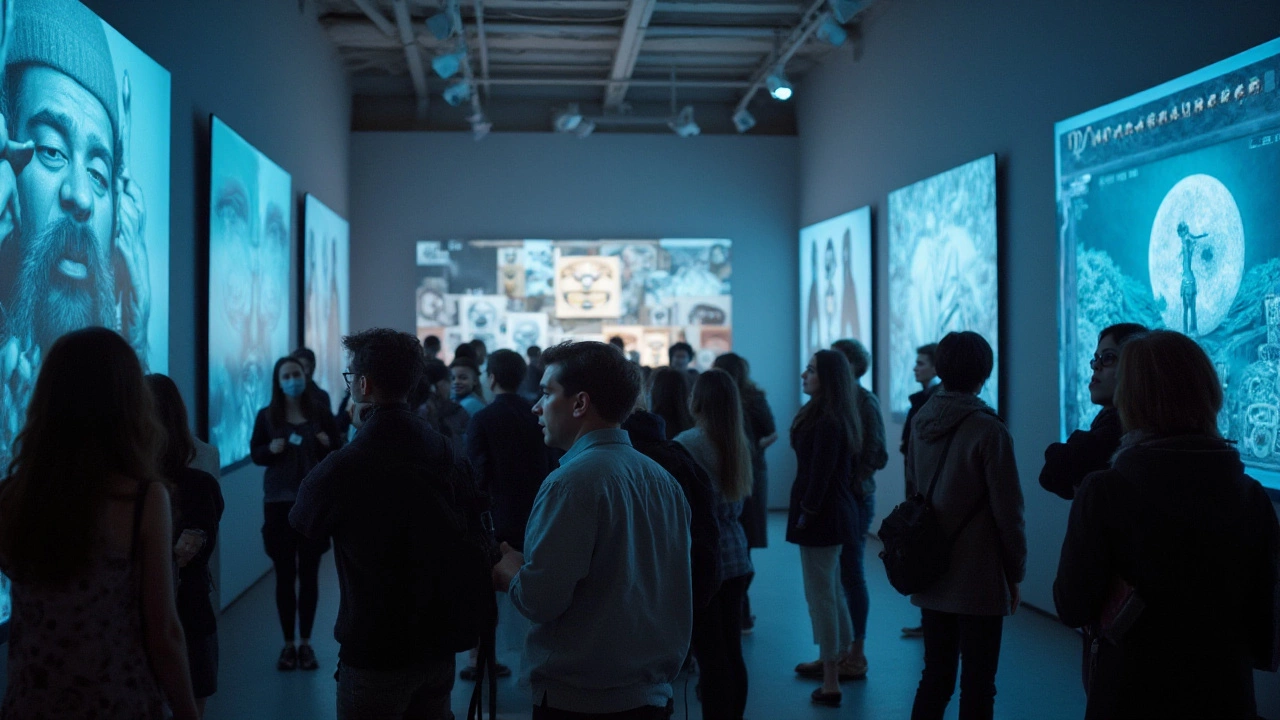
Copyright and Intellectual Property
Understanding copyright and intellectual property rights is essential for any artist delving into the digital realm. Designating ownership and protecting creative work is more crucial than ever amidst the rapidly duplicable nature of digital files. In the most traditional sense, copyright automatically protects original works of authorship as soon as they are created and fixed in a tangible form. However, what constitutes 'tangible' in the digital world is often subject to interpretation, adding layers of complexity that digital artists must navigate.
When digital art is created, it is automatically protected by copyright law, provided it meets specific criteria such as originality and authorship. In recent years, with the proliferation of digital art, legal systems around the world have been adapting slowly to provide better clarity to artists. The challenge lies not just in the creation but in how digital art is distributed and monetized. Since digital files can be easily copied and shared without degradation of quality, infringement risks rise exponentially. An artist should consider registering their work with a copyright office, which is particularly advisable when they intend to commercially exploit their creations.
The entry of Non-Fungible Tokens (NFTs) into the art world has added a new dimension to this discussion. NFTs provide a form of digital rights management that helps artists prove authenticity and ownership of digital art on the blockchain. According to a quote from the World Intellectual Property Organization, “The ownership of an NFT does not necessarily mean ownership of the underlying intellectual property rights.” This distinction is crucial because while NFTs may denote ownership or control over a specific digital asset, they don't necessarily grant the owner of the NFT the copyright to the artwork itself. This misunderstanding can lead to legal battles over intellectual property rights if not properly understood and addressed by both creators and buyers.
Licensing agreements also play an integral role in managing intellectual property rights for digital artworks. Through licensing, artists can control how their work is used by others, determining whether or not copies can be sold, modified, or distributed. It's wise to consult with a legal expert who specializes in intellectual property to draft clear licensing agreements that protect the artist's rights while allowing for the desired level of access and usage by others. By taking these measures, artists can better safeguard their creative output in the sprawling digital marketplace.Copyright and intellectual property rights are pivotal in an era where digital replication can so easily undermine original creations, making it a topic of enduring importance and constant evolution.

Digital Rights Management
Digital Rights Management (DRM) has become a key tool in protecting digital artworks in our increasingly digital world. At its core, DRM encompasses various technological solutions designed to control how digital art, and other forms of digital content, get accessed, distributed, or copied. For artists, this means they have methods to secure their creations and limit unauthorized use. But while DRM offers many benefits, it also comes with its own set of challenges. On one hand, artists using DRM can ensure their digital art doesn’t get pirated or misused without their consent, while on the other hand, these restrictions can sometimes frustrate genuine consumers and collectors.
Across the art industry spectrum, DRM plays a crucial role in the ongoing battle against piracy, a problem that digital artists know all too well. It's important to balance ease of access with protection. According to a report by the World Intellectual Property Organization, digital piracy caused an estimated loss of potential revenue of nearly one trillion dollars globally in 2022. This staggering figure underscores the significance of implementing effective DRM tools. Artists now have access to advanced DRM systems which integrate seamlessly with digital platforms, providing comprehensive solutions to curb illegal activities.
Yet, effective DRM implementation requires understanding its components. Essential elements include user authentication, where access is granted only to legitimate purchasers, and encryption, which applies complex algorithms to secure content. In some cases, digital watermarks, a popular tool, provide a traceable identity for artworks, ensuring any unauthorized copy can potentially be traced back to the source. However, implementing these protective measures might lead to a decrease in user experiences, as some might face challenges due to compatibility or the need to navigate through multiple access hoops. Organizations like the Electronic Frontier Foundation have raised concerns about the balance between protection and accessibility, advocating for user-friendly DRM solutions that don't alienate customers.
"The core idea behind DRM is to not just protect, but to elevate the trust between creators and consumers," notes Jane Doe, an expert in digital content management at the University of British Columbia.
Amidst these complexities, artists are finding innovative ways to engage with DRM. Some use open licensing alongside traditional DRM methods, offering a portion of their digital art freely while still protecting certain masterpieces. This strategy not only introduces their work to wider audiences but also helps build a loyal base of supporters. Nonetheless, as digital technologies continue to progress, staying updated with the latest DRM tools is vital for contemporary artists. Many digital platforms now offer integrated DRM solutions, making it simpler for artists to manage without hiring extensive legal or technical teams. The development of decentralized technologies is particularly promising, allowing artists greater autonomy in securing their work on their own terms.
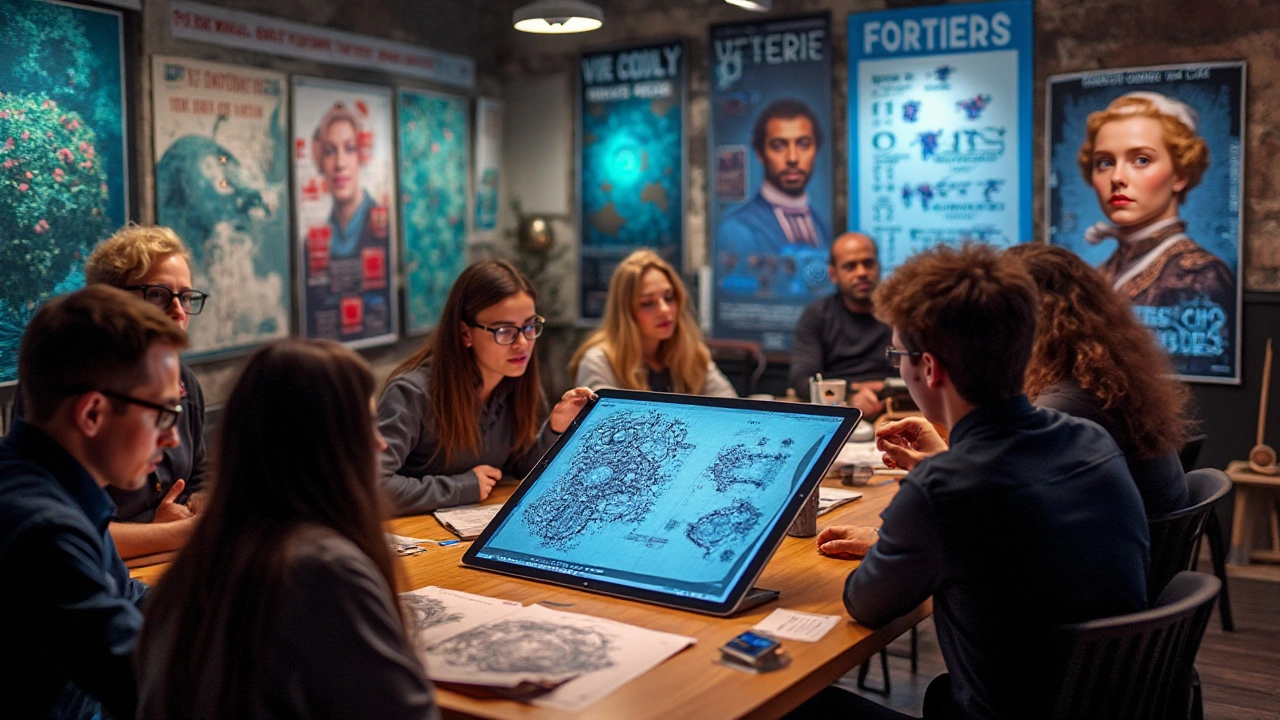
The Impact of NFTs
In recent years, non-fungible tokens, or NFTs, have swept through the digital art scene, creating waves that are both exciting and perplexing. At its core, an NFT acts as a digital certificate of ownership for a unique item or piece of content, often associated with digital artworks. It's this verifiable ownership aspect that has sparked a revolutionary shift in how digital creators can monetize their works. Before NFTs, artists struggled to combat the ease with which their digital art could be copied and distributed without their consent or financial reward. By utilizing blockchain technology, NFTs introduce scarcity and built-in provenance to the digital realm. Artists now have a way to ensure their creations are both unique and verifiable as authentic, which is a game-changer in the seemingly infinite world of digital duplicates.
Since their emergence, NFTs have grabbed the spotlight by allowing artists to sell their works directly to collectors while retaining royalties each time an artwork is resold in the secondary market. This new model contrasts sharply with traditional art sales, where artists typically miss out on any additional profits made from resales. A remarkable case in point involves the digital artist Beeple, who sold an NFT artwork for a staggering $69 million at Christie's, making headlines worldwide. The allure of NFTs, however, is not solely financial. It represents an unprecedented level of engagement and interaction between artists and their audience.
"For the first time, artists can confidently release digital editions and proclaim ownership over a digital file," commented a prominent art dealer during a panel discussion hosted by Art Basel in Miami Beach.This empowerment could lead to a renaissance in digital art, albeit interwoven with challenges.
Yet, NFTs are not without their critics and controversies. Questions about their environmental impact due to the energy-intensive nature of blockchain technology persist, raising ethical concerns among creators and collectors alike. Additionally, the volatile nature of the NFT market can be a double-edged sword, offering potential gains as well as stark losses. Anecdotal evidence from 2024 indicates several digital art collectors experiencing substantial financial downturns as NFT prices dipped rapidly. As NFTs continue to evolve, regulators worldwide are grappling with how to adapt existing copyright laws to accommodate this new digital frontier. In cases where the original creator's rights are breached, such adaptations could become crucial in protecting artists from token misrepresentations or unauthorized duplications, ensuring that their rights and intellectual property remain intact.
